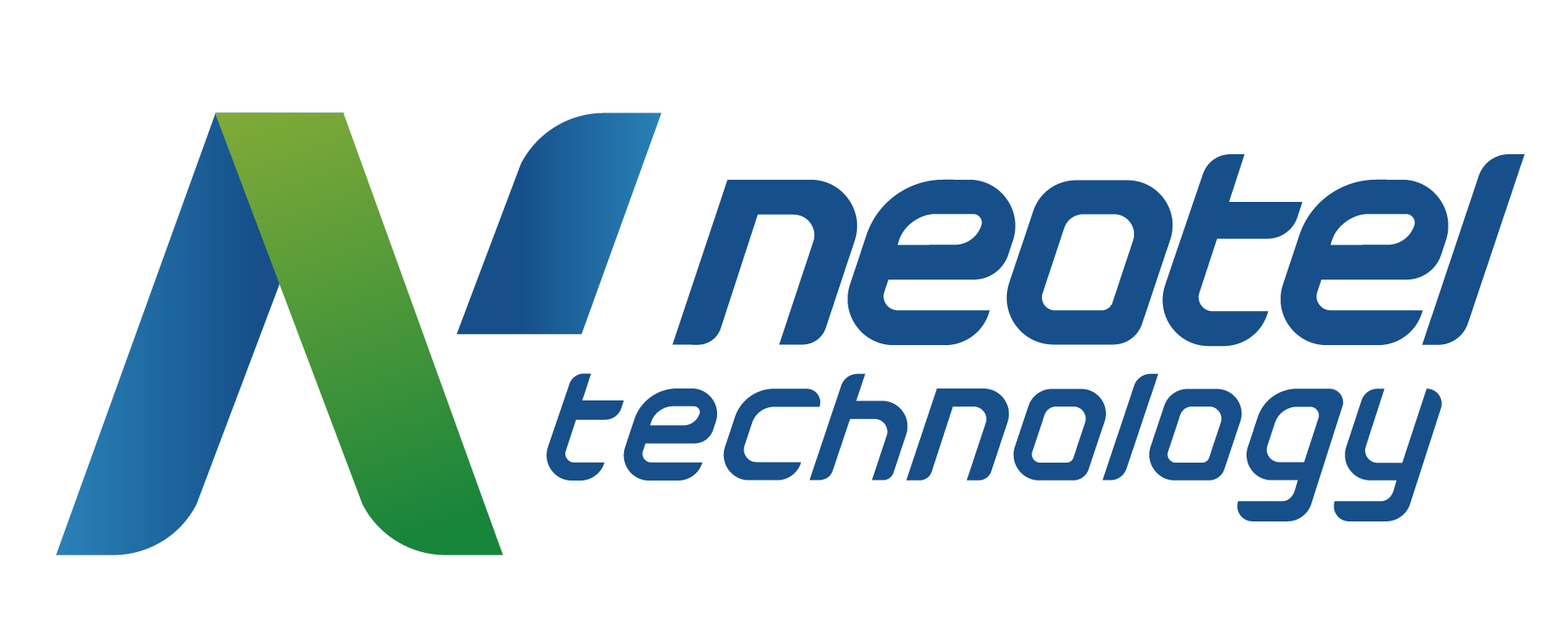Software as a Service (SaaS) is an on-demand software licensing or web-based application platform offered on a subscription basis; it is under the umbrella of cloud computing.

SaaS is beneficial to companies that would like the flexibility of a custom program without the complicated and costly infrastructure. It also allows for far greater processing and analytical abilities than possible with one’s private server.
KEY TAKEAWAYS
Software as a service (SaaS) uses cloud computing and offsite data storage
Application that handles MES, ERP, and other company-related organizational systems
Packages offered on a subscription basis according to needs
The acronym SaaS is part of a set that describes similar levels of cloud computing systems, like IaaS (Infrastructure as a Service) and PaaS (Platform as a Service).
How Does SaaS Work?
SaaS is powered by cloud computing technology, which in short means the on-demand access to centralized data centers with an internet connection.
If you work in an office environment, you may use the same platform (like Google) for your daily needs (email, browser, client database), but your company may also be paying for SaaS programs to handle specific analyses like sales reports or financial accounts. In this case, because a company might need only a specific subset of a platform, or a customized solution to fit their current situation, software as a service is a great model.
It works by one company’s product (i.e. the software platform) being leased to another company under a subscription agreement. This allows for the company in need of an ERP, for example, to only pay for an ERP, and not have to purchase a massive platform that isn’t necessary for their operations.
Benefits of Software as a Service
There are many reasons why a business would want to use SaaS, and some may have a few different SaaS configurations for different purposes. Here are just some of the benefits:
Customization
The possibilities are pretty much limitless when it comes to how you want your platform to work according to your preferences; SaaS programs are designed to fit specific gaps in your operating systems, and so are design- and functionality-first products.
Configuration
You may think that every version of a software is mostly the same thing, but you’d be surprised at how many elements can be –not just customized– but structured according to your manufacturing needs. Need daily automatic reminders on running certain processes? An equipment status report at the top of the screen? Designated expert-labeled access to restricted, high-level operations? No problem.
Operational Scalability
This term describes the possibilities you have with a SaaS because of its hidden sidekick: APIs. In other words, Application Programming Interfaces are the glue that holds everything together. When two or more SaaS systems don’t quite perfectly sync, APIs provide the missing links for the data to be translated. It allows for conversions and collaborations with other managerial operating or work instructions systems.
Resource Scalability
Since a SaaS is centrally hosted, its users could theoretically access its resources from any device as long as they have an internet connection and the proper company login credentials. This broadens your hiring market and your abilities to offer highly-popular remote positions with no difficulty as to accessibility.
Low Cost
SaaS isn’t free, but it sure is cheap compared to planning, investing, and building your own independent data center and server. Also, if a certain service ends up no longer being useful, then you haven’t invested everything for nothing – you can just end a subscription agreement and pair with a more suitable provider.
Project Management Collaboration
SaaS solutions can have multiple depths to them. By that, we mean that on one level, it can track daily overall equipment effectiveness automatically, but then also be configured to allow data-sharing and resources across separate projects and departments, allowing for greater interdepartmental solutions
Offsite Data Storage
No need to worry about exceeding your storage limits or needing to apply updates at the right intervals. A SaaS will do all that for you with greater access processing capabilities.
Ease of Use
Virtual interaction can be the make or break between a system users enjoy actually using, and one that frustrates them daily. Well-designed visual user interfaces make the most routine tasks accountable and easily accessible for less time and effort spent overall. VKS’ own digital work instructions pair videos and pictures together to aid in assembly manufacturing, for example.
Difficulties & Risks of Software as a Service
Of course, there are a few risks to keep in mind when gauging different SaaS solutions, although these should not be blockages to getting on board with a well-reputed SaaS that works for your industry.
Data Security
Cloud-based systems are inherently risky due to the possibility of cyber crime or hacking attempts, so always choose your SaaS partner carefully and make sure to communicate your data privacy and protection requirements.
Obsolescence
This is similar to the above risk, where the takeaway is to not rely solely upon one other company for a crucial service without having alternatives in case of emergency (or change in strategy). Reliance upon a SaaS provider can go gravely wrong if that provider goes out of business, and now your operations are entirely reliant upon an extinct software platform. Keep up with the technological business trends and backup everything.
Infrastructural Requirements
You must have a strong and stable internet connection in order for SaaS to work its best. If some of your connected IoT devices or equipment sensors are losing connection, then your total data is compromised. Even worse, it may lead to system failures or accidents that could halt production or injure someone. Because of this complication, many manufacturers opt for a fully integrated system like VKS Enterprise, which can connect to your ERP through custom APIs. This detailed setup makes sure that your output is always your best.

